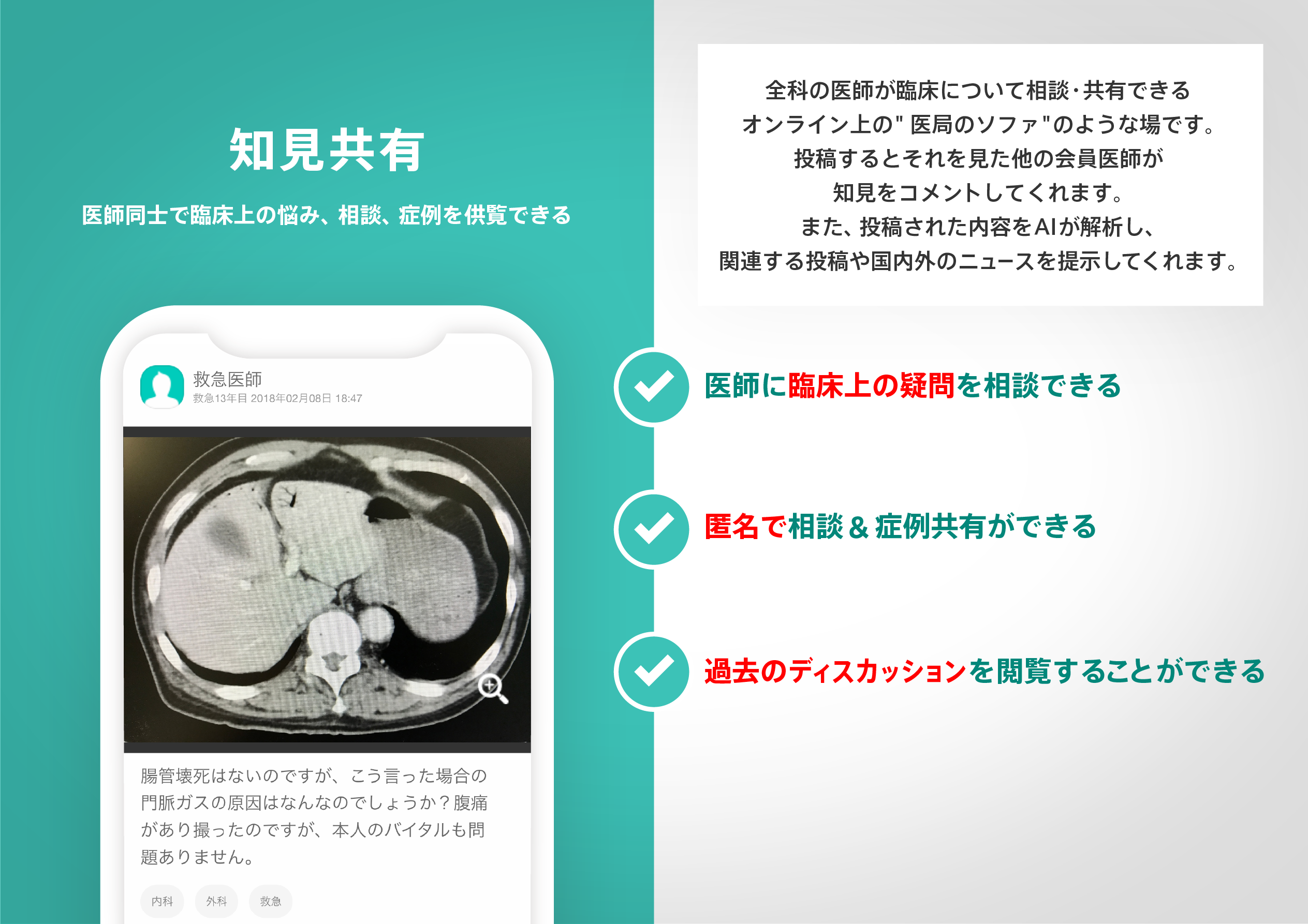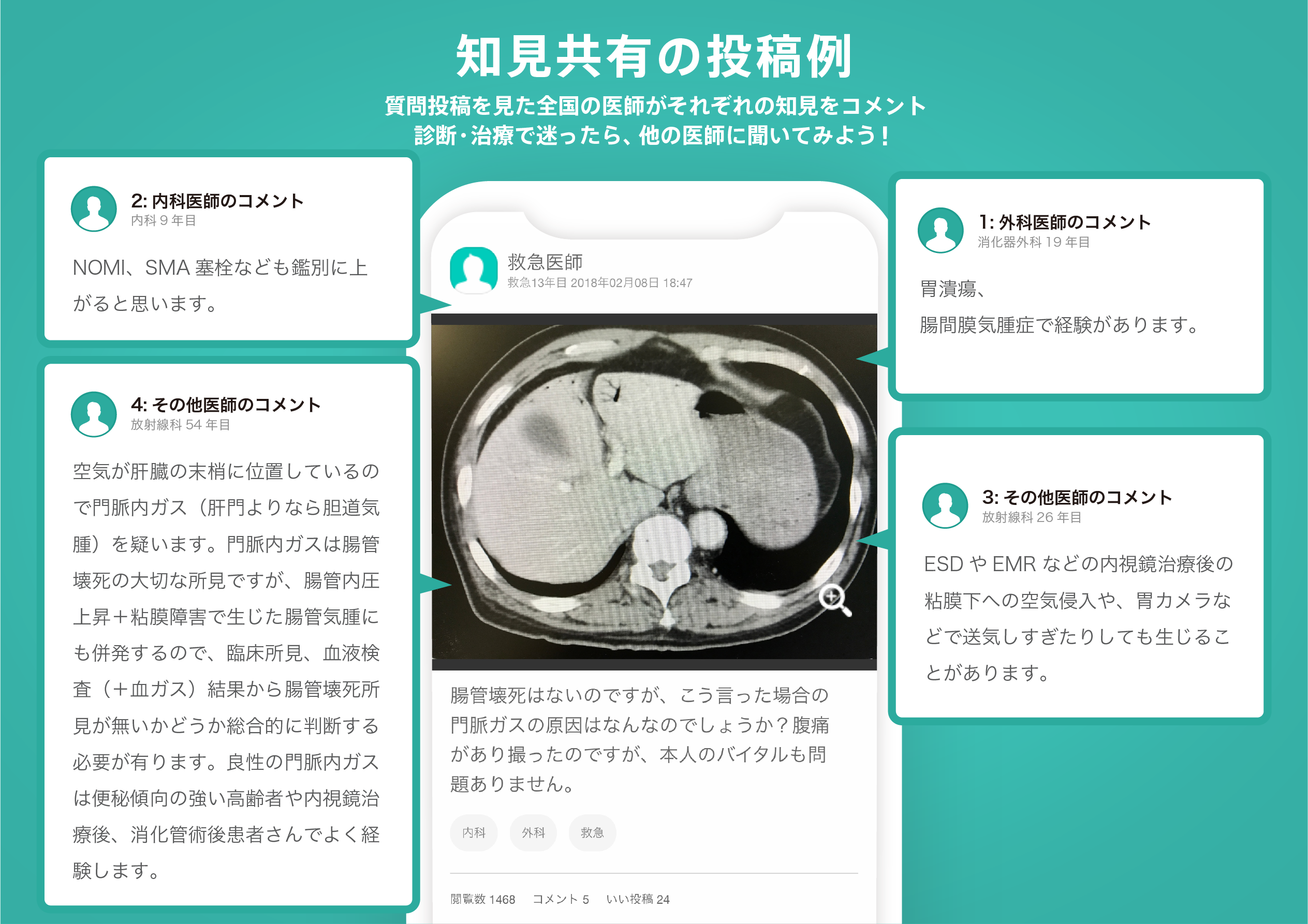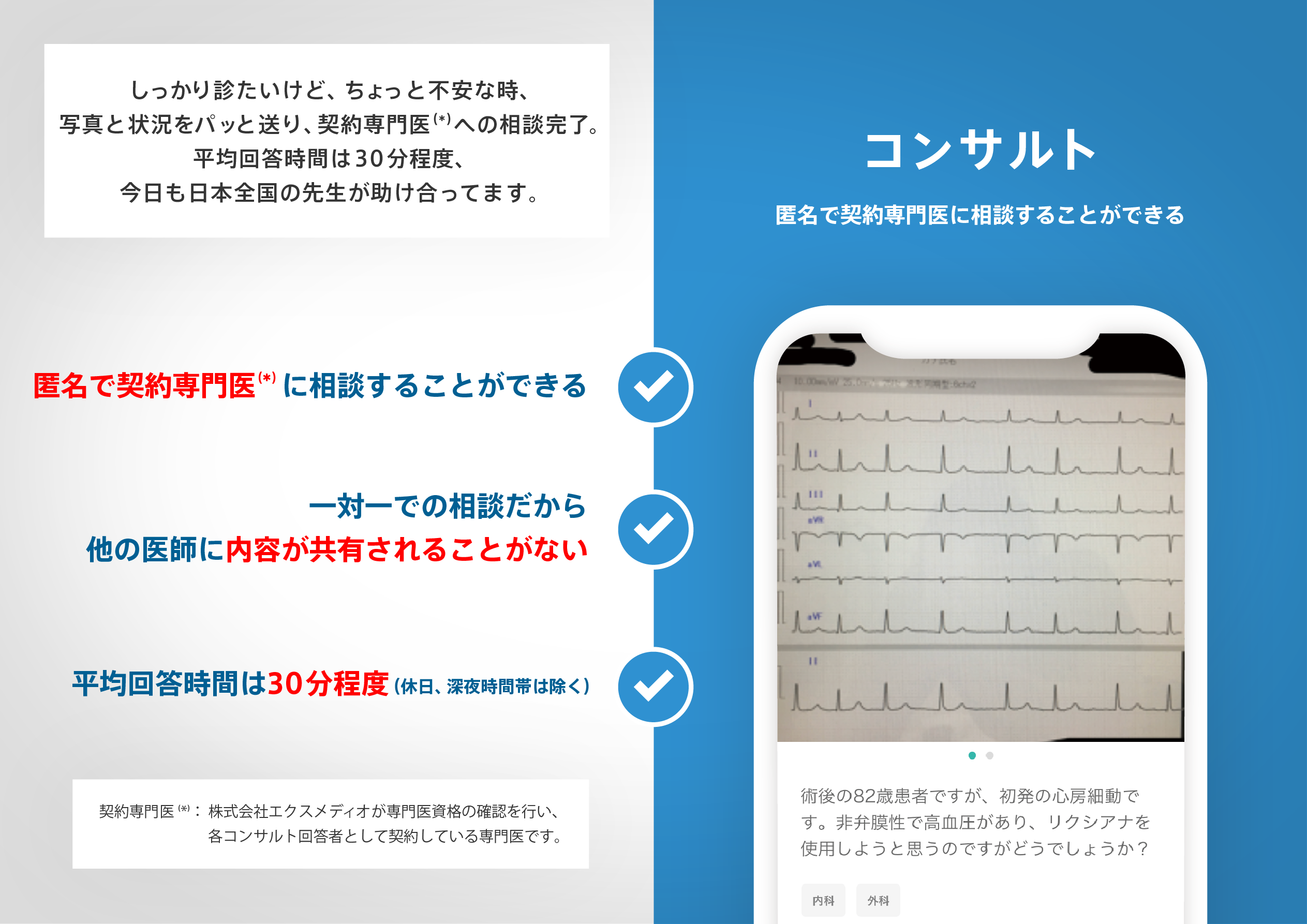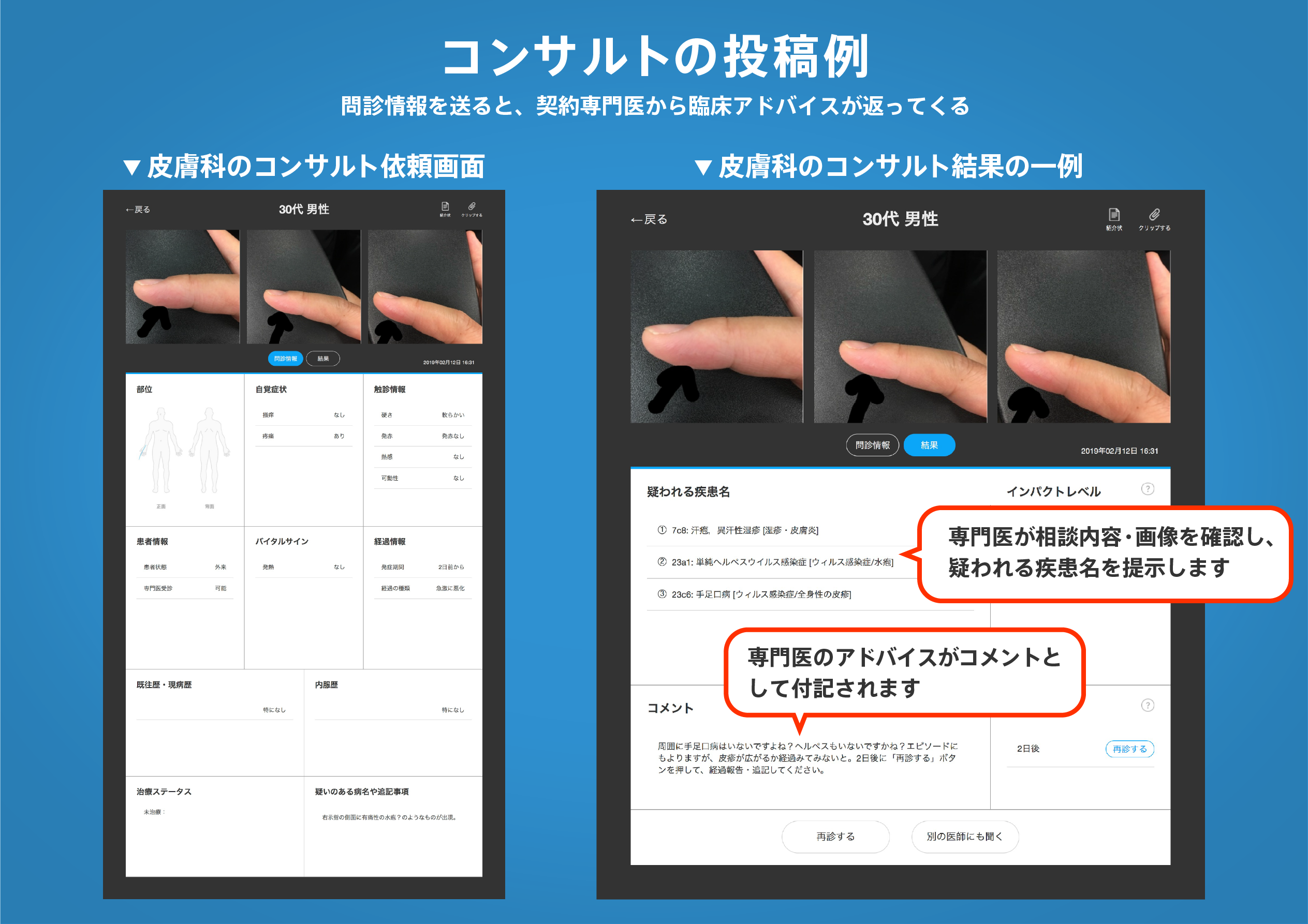著名医師による解説が無料で読めます
すると翻訳の精度が向上します
目的:重度の急性呼吸器症候群(SARS)は、2003年3月上旬から中国の北京で非定型肺炎の大きな発生を引き起こしました。 方法:病気の発症後9〜15日後に死亡した3人の患者と、臨床および実験室の特徴がレビューされた3人の患者に対して検死を実施しました。組織切片をヘマトキシリンとエオシン(H&E)で染色し、SARSコロナウイルス特異的プライマーを使用して、肺切除術のin situ逆転写酵素ポリメラーゼ連鎖反応(RT-PCR)を実行しました。 結果:肺の典型的な肉眼的病理学的変化は、肺表面のびまん性出血でした。組織病理学的検査により、ほとんどの肺肺胞で漿液性、線維性、出血性の炎症が明らかになり、毛細血管の熱量化といくつかの毛細血管微小血栓症がありました。肺肺胞は、間質性単核炎症性浸潤、びまん性肺胞損傷、肺細胞の絶滅、およびヒアリン膜形成で肥厚しました。フィブリノイド材料と赤血球は肺胞空間に存在していました。いくつかの気管支細胞には血栓塞栓がありました。出血性壊死とリンパ球の数の減少は、リンパ節と脾臓で観察されました。in situ RT-PCRは、3人すべての患者からのII型肺胞細胞、間質細胞、および気管支上皮細胞でSARSコロナウイルスRNAを検出しました。 結論:肺組織における重度の免疫学的損傷は、SARSの臨床的特徴に関与しています。
目的:重度の急性呼吸器症候群(SARS)は、2003年3月上旬から中国の北京で非定型肺炎の大きな発生を引き起こしました。 方法:病気の発症後9〜15日後に死亡した3人の患者と、臨床および実験室の特徴がレビューされた3人の患者に対して検死を実施しました。組織切片をヘマトキシリンとエオシン(H&E)で染色し、SARSコロナウイルス特異的プライマーを使用して、肺切除術のin situ逆転写酵素ポリメラーゼ連鎖反応(RT-PCR)を実行しました。 結果:肺の典型的な肉眼的病理学的変化は、肺表面のびまん性出血でした。組織病理学的検査により、ほとんどの肺肺胞で漿液性、線維性、出血性の炎症が明らかになり、毛細血管の熱量化といくつかの毛細血管微小血栓症がありました。肺肺胞は、間質性単核炎症性浸潤、びまん性肺胞損傷、肺細胞の絶滅、およびヒアリン膜形成で肥厚しました。フィブリノイド材料と赤血球は肺胞空間に存在していました。いくつかの気管支細胞には血栓塞栓がありました。出血性壊死とリンパ球の数の減少は、リンパ節と脾臓で観察されました。in situ RT-PCRは、3人すべての患者からのII型肺胞細胞、間質細胞、および気管支上皮細胞でSARSコロナウイルスRNAを検出しました。 結論:肺組織における重度の免疫学的損傷は、SARSの臨床的特徴に関与しています。
AIMS: The severe acute respiratory syndrome (SARS) caused a large outbreak of atypical pneumonia in Beijing, China from early March 2003. We report the pathological features from three patients who died of SARS. METHODS: Autopsies were performed on three patients who died 9-15 days after the onset of the illness, and the clinical and laboratory features reviewed. Tissue sections were stained with haematoxylin and eosin (H&E), and in situ reverse transcriptase polymerase chain reaction (RT-PCR) on lung sections was performed using SARS coronavirus-specific primers. RESULTS: The typical gross pathological change in the lungs was diffuse haemorrhage on the lung surface. Histopathological examination revealed serous, fibrinous and haemorrhagic inflammation in most pulmonary alveoli, with capillary engorgement and some capillary microthrombosis. The pulmonary alveoli were thickened with interstitial mononuclear inflammatory infiltrates, diffuse alveolar damage, desquamation of pneumocytes and hyaline-membrane formation; fibrinoid material and erythrocytes were present in alveolar spaces. There were thromboemboli in some bronchial arterioles. Haemorrhagic necrosis and reduced numbers of lymphocytes were observed in lymph nodes and spleen. In situ RT-PCR detected SARS coronavirus RNA in type II alveolar cells, interstitial cells and bronchiolar epithelial cells from all three patients. CONCLUSIONS: Severe immunological damage in lung tissue is responsible for the clinical features of SARS.
医師のための臨床サポートサービス
ヒポクラ x マイナビのご紹介
無料会員登録していただくと、さらに便利で効率的な検索が可能になります。






